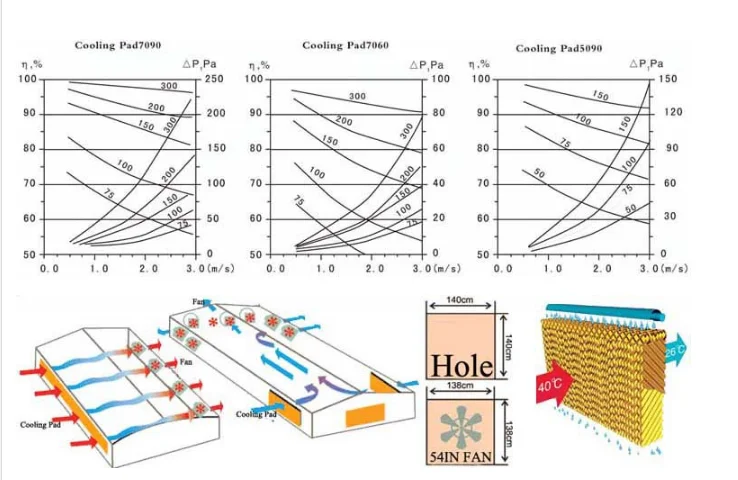Vertical Cutting Equipment for Precision Manufacturing and Enhanced Efficiency
Nov . 09, 2024 07:17 Back to list
Vertical Cutting Equipment for Precision Manufacturing and Enhanced Efficiency
Vertical Cutting Machines Revolutionizing the Manufacturing Industry
In the modern manufacturing landscape, efficiency and precision are paramount. As industries strive to optimize their production processes, vertical cutting machines have emerged as a critical tool, transforming how materials are processed. These machines play an instrumental role in various sectors, including textiles, plastics, metals, and composites. This article explores their functionalities, advantages, and applications in diverse industries.
Understanding Vertical Cutting Machines
Vertical cutting machines are specialized equipment designed to cut materials vertically, providing a clear and precise cut while maintaining high production speeds. The design typically includes a vertical blade that moves up and down, creating a cutting motion that effectively slices through various materials. The machines can be equipped with different types of blades compliant with the particular needs of the material being cut, which can range from fabric and foam to metal sheets and plastic.
Key Features and Functionality
1. Precision Cutting One of the hallmark features of vertical cutting machines is their ability to deliver uniform and precise cuts. The vertical orientation of the cutting blade minimizes the risk of distortion or damage to the material, ensuring that the finished product maintains its integrity.
2. Automation and Efficiency With advancements in technology, many vertical cutting machines are now equipped with automated systems that enhance their operational efficiency. Features such as programmable settings allow operators to set specific parameters for different materials, significantly reducing manual labor and increasing throughput.
3. Versatility Vertical cutting machines are incredibly versatile, capable of handling a wide range of materials. This adaptability makes them suitable for various industries. For instance, in textiles, they can cut multiple layers of fabric simultaneously, while in the metal industry, they can effectively slice through sheets with precision.
4. Safety Features Modern vertical cutting machines are designed with safety in mind. They often come equipped with safety guards and emergency stop features to prevent accidents, ensuring a safer working environment for operators.
Advantages of Vertical Cutting Machines
The adoption of vertical cutting machines comes with a plethora of benefits, making them a preferred choice for manufacturers
vertical cutting machine

- Increased Productivity The rapid cutting speed and ability to handle multiple layers at once significantly enhance productivity
. Manufacturers can meet increasing demands without compromising on quality.- Cost-Effectiveness By reducing waste and optimizing material usage, vertical cutting machines contribute to lower production costs. The precision cuts result in fewer errors, which can be costly to rectify.
- Improved Product Quality The consistent and precise nature of vertical cutting ensures that the final products meet the required specifications, leading to higher customer satisfaction and reduced returns.
Applications
Vertical cutting machines find applications across a wide spectrum of industries
- Textiles and Apparel In the fashion industry, these machines are invaluable for cutting patterns from various fabrics, ensuing a seamless production line from design to finished product.
- Automotive In automotive manufacturing, vertical cutting machines are used to create components from a variety of materials, including sound insulation and interior upholstery.
- Aerospace The aerospace industry relies on these machines to cut composite materials, ensuring lightweight yet strong components are produced efficiently.
- Construction In construction, vertical cutting machines are utilized for cutting materials like insulation panels, gaskets, and other vital building components.
Conclusion
As industries continue to evolve, the demand for machinery that enhances efficiency and precision is only set to increase. Vertical cutting machines exemplify this shift, offering manufacturers the tools necessary to optimize their production processes. With their precision, efficiency, versatility, and safety features, these machines not only streamline operations but also contribute to higher quality products. As technology advances, we can expect further innovations in vertical cutting machines, solidifying their role as an essential component of modern manufacturing.
-
High Performance Exhaust Fan – Efficient Ventilation Solutions for Home
NewsJun.10,2025
-
High-Quality Gestation Pen for Sows Durable Mobile Pig Pen & Simple Pig Pen Solutions
NewsJun.10,2025
-
High Quality Rabbit Cage Double Tier Designs & Welded Wire Mesh Supplier
NewsJun.10,2025
-
Floating Fish Feed Machine - High Efficiency Floating Fish Feed Extruder for Small Scale Production
NewsJun.10,2025
-
Premium Poultry Housing Solutions Mobile & Commercial Free Range Options
NewsJun.10,2025
-
Industrial FRP Fans Corrosion-Resistant Blades & Centrifugal Systems
NewsJun.09,2025






